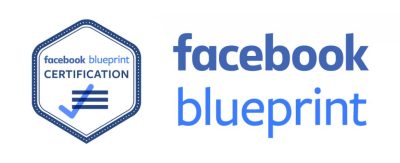Rebranding is not just about changing your logo or updating your website’s colors. It is a complete transformation of how people see and connect with your business. When done right, rebranding can breathe new life into your company, attract fresh customers and help you stand out in a competitive market. But if done carelessly, it can confuse your audience and damage your reputation.
Let’s walk through the right way to rebrand your business in simple words and with practical examples.

What Does Rebranding Really Mean?
Rebranding means giving your business a new identity. It can be small, like updating your logo and tagline, or big like changing your entire brand story, values, and how you present yourself to the world. Businesses usually rebrand when:
1- Do Your Research First
Rebranding without research is like walking without open eyes. Spend time to understand:
Market trends:
What do people prefer these days?
Competitors
How are they branding themselves?
Customers
What do they like about your current brand, and what do they think needs improvement?
3- Define Your New Brand Identity
Think of your brand as a personality. Ask yourself:
- What values does your brand stand for?
- What tone do you want to use?
- How do you want people to feel when they see or hear your brand?
Your new identity should be consistent across everything including website, packaging, social media and customer service.
4. Update Visual Elements
This is the part people notice most:
Logo
Create a simple, modern and memorable design.
Colors
Choose colors that reflect your brand values
Typogaphy
Use easy to read fonts that match your personality.
Tagline
Keep it short, catchy, and clear about what you do.
Remember, don’t overcomplicate. A clean and consistent look always works better.
5. Refresh Your Messaging
Your words matter as much as your visuals. Update your:
Make sure your new message clearly explains who you are and why people should choose you.
Read more about: 7 Common Branding Mistakes and How to Avoid Them
6. Involve Your Team
Rebranding is not just the work of designers or marketers. It is a company wide change. Train your staff on the new brand values and communication style. When your employees represent your brand well, customers will trust your message even more.

7. Announce the Change Properly
Don’t just change everything overnight without telling people. Instead, make it an event:
- Share the reason behind your rebrand.
- Create social media posts to show the “before and after.”
- Send emails to your customers explaining what’s new and what’s better.
- Offer a special promotion to celebrate the rebrand.
This helps customers feel included in your journey.
8. Keep Consistency Everywhere
Your rebrand should be visible everywhere, not just in your logo:
Consistency Checklist:
| Area | What to Update |
|---|---|
| Website | Logo, color theme, and tone |
| Social Media | Profile images, bio, and banners |
| Packaging | Labels, boxes, and product visuals |
| Emails | Signatures and templates |
| Office Materials | Stationery, business cards, uniforms |
Consistency builds trust and makes your rebrand look professional.
9. Monitor Feedback and Adjust
After launching your rebrand, listen carefully to how customers respond. Did they like it? Is there any confusion? Don’t hesitate to make small adjustments based on feedback. A successful rebrand is one that your audience connects with.
Final Thoughts
Rebranding is not about forgetting your past. It is about evolving for the future. A successful rebrand keeps your core values intact while giving your business a new and exciting edge. When done the right way with research, creativity and customer focus it can help your business stand out, attract new audiences and rebuild long lasting trust.





